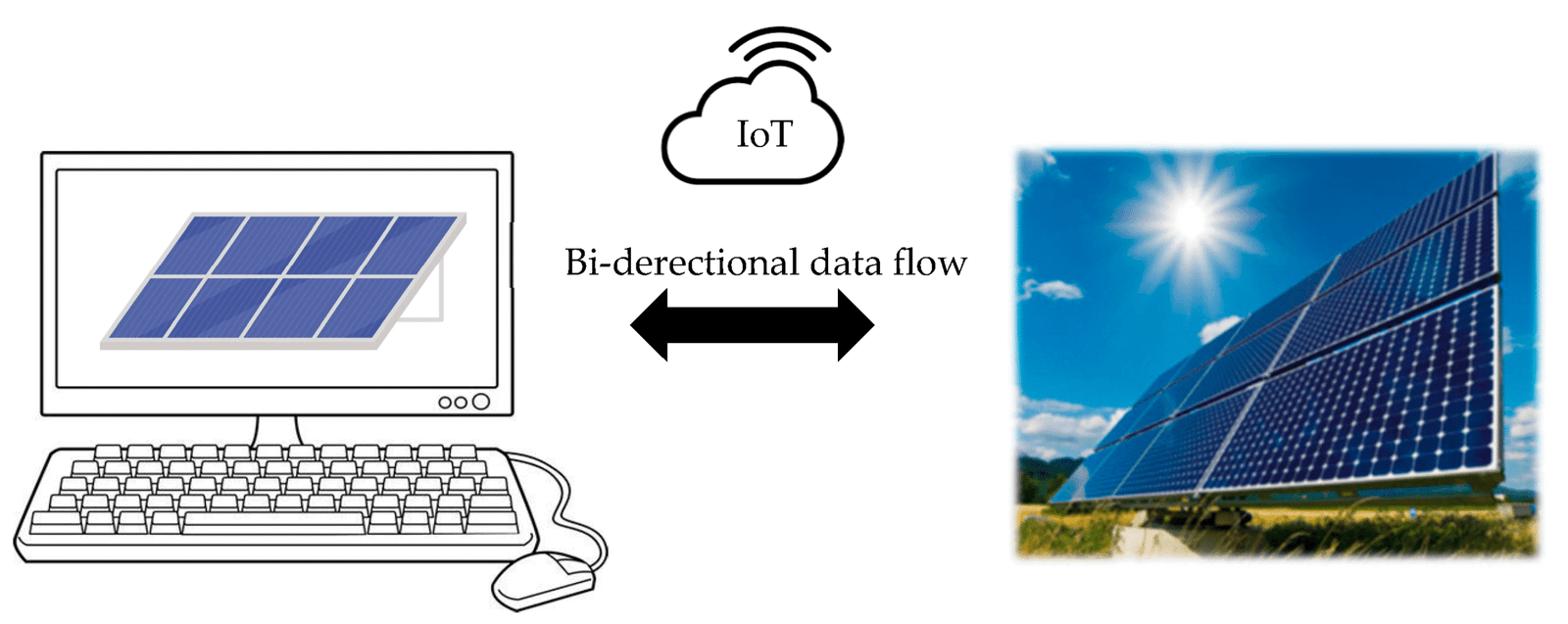Our energy management is evolving very quickly. Smart energy grids will be optimized by using 5G and the Internet of Things (IoT), which are two emerging technologies. Smart grids of energy make us use our power much more wisely and save it. These grids will be very fast, smart, and dependable with the presence of 5G and IoT. This blog describes how these technologies enhance the management of the energy grid.
What is a smart energy grid?
A smart energy grid can be deemed as a power system where computers and sensors are used to monitor electricity flow and the use of electricity. As a contrast to the old grids, which merely provide power in a single direction, smart grids are able to monitor the energy in real time and self-correct. They operate based on a clue installed on numerous devices to control demand and supply and ensure effective consumption of power.
What is 5G?
The most recent wireless internet is 5G. It is much quicker than older internet types. It is able to transfer information extremely fast and nearly immediately. That is, multiple devices can communicate with one another in real-time, and 5G is an ideal solution for smart grids.
What is the Internet of Things (IoT)?
Internet of Things is the association of common devices other than computer-like appliances that run on the web. The gadgets capture and transmit information. In the case of energy grids, these IoT devices are the smart meters, sensors mounted on power lines, energy storage, or energy generation equipment. They aid in making the grid smarter as they provide real-time information.
How 5G and IoT work together in smart grids
The 5G provides a stable connection between the numerous electromechanical devices in a smart grid, and is fast. This interconnection enables the gadgets in the grid to transmit information in real time. This grid can then respond in a timely manner. To illustrate, the smart grid will be able to lower power supply to a given area in the event of a power shortage in that location.
Benefits of 5G and IoT in smart energy grid management
- Constant monitoring of energy: 5G and IoT mean that energy consumption and movement can be continuously planned on a second-by-second basis. This information assists the power companies and the customers in being aware of the precise volume of power consumed. It allows them to easily identify any issues that may arise and correct them to prevent crashes.
- More energy saving: Smart grids can utilize information to regulate the needless energy consumption of consumers, such as heaters and lights. As an example, lights can be switched when no one is present in the room. This conserves power and does not bother the users.
- Easier use of renewable energy: Wind and solar power change depending on the weather. 5G and IoT help the grid handle these changes by using data to predict when and how much power will be made. The grid can then store power or use other sources to keep the supply steady.
- Faster responses to issues: With 5G’s speed, the grid can detect faults like power failures right away. It can switch to backup power or reroute electricity to keep homes and businesses running.
- Support for many devices: Smart grids need many sensors and meters. 5G connects millions of these devices easily. This helps improve the grid’s reach and the detail of monitoring.
- Edge computing: This means processing data closer to where it is collected instead of sending everything to one center. 5G supports this, which speeds up decisions and reduces delays.
- Lower costs: Using 5G and IoT reduces the need for manual checks and fixes. It can cut down on energy wasted and lower bills for both utilities and users.
- Security improvements: 5G comes with better safety features. It helps protect the grid from cyber-attacks, which are a big worry as grids become more connected.
- Helps cut carbon emissions: By using energy more smartly and including more green energy sources, 5G and IoT help reduce pollution. This is good for the planet and supports clean energy goals.
Conclusion
The combination of 5G and IoT is making smart energy grids much better. These technologies allow real-time data sharing, faster responses, and smarter control of energy systems. They help bring more renewable energy to our homes and businesses and lower energy costs.

